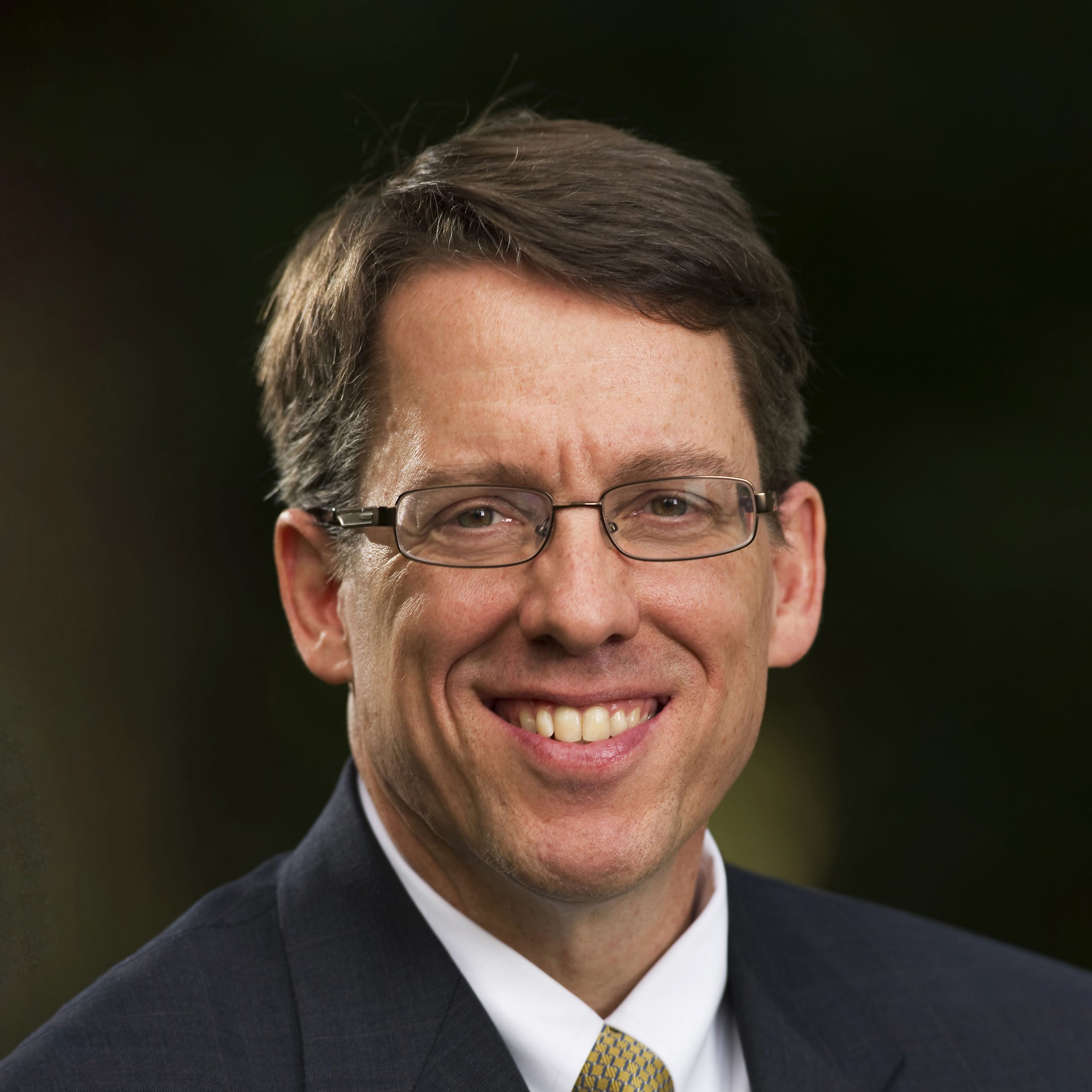A Story of the Providence of God and Christian Prayer
October 6th, 2025As most of you know, I now teach at Beeson Divinity School. When I was President of Asbury Seminary my time was spent in administration, endless meetings, formulating budgets, raising money etc.. All of this was joyful work, but it did keep me from my first love, which is teaching students! I was like the man who loved golfing, and eventually got put in charge of running a large golf resort and multiple golf courses, but in the process, never had time to play any golf. In this new season of my life, most of my time is spent in the classroom with students.
One of the joys of teaching is that you become the learner. Not only do you learn by preparing lectures, but you also learn so much from the students themselves as they interact with the material.
This semester, one of my classes is the Theology and Practice of Evangelism. I have never taught this course before, so I spent many months reading and preparing for the course. Along the way, I learned so many fascinating things which I did not know before. In this blog I want to share one of those with you, because it is a great lesson in the providence of God in answering our prayers.
In the 1920’s the most prominent evangelist of the time was a man named Billy Sunday. He was born in 1862, but his active evangelistic period was mainly between 1890 and 1930. Billy had been a professional baseball player for the Chicago White Sox and later or the Philadelphia Phillies. But, he was converted and became a nationally known evangelist. He is really the founder of the “crusade” type evangelism. Earlier national evangelists (Like D. L Moody and Charles Spurgeon) were less itinerant. Billy Sunday, in contrast, would come to a city or region that was willing to construct a massive temporary tabernacle. These were large wooden structures which were built for the occasion and, when the crusade was over they would take them down and sell the wood back to the lumber yards. Billy Sunday is the one who started the practice of putting “sawdust” down on the floors of these tabernacles in order to reduce the noise in these structures. Thus, people often referred to their conversion experience as “walking the sawdust trail.”
In 1924 Billy Sunday agreed to come to Charlotte, North Carolina to preach an evangelistic service. The farmers and tradesmen in the region all agreed to build the tabernacle. You need to realize that these were very large structures. A typical camp meeting tabernacle you see today will seat around 500 people. These were much bigger. This one in North Carolina would hold several thousand. They had to find a place big enough to accommodate such a large structure. A dairy farmer in Charlotte agreed to let them use land on his farm to construct the tabernacle since it was fairly close to Charlotte. That dairy farm belonged the family of Billy Graham who was, at the time, six years old. Sunday came and preached there in 1924. The crusade lasted a month. These sermons sparked a small spiritual awakening in the area which led to a group of men praying that God would bring revival to the area. Ten years later, in 1934, they decided to hold another revival there and invited another prominent evangelist of the time there, named Mordecai Ham. He came and preached for six weeks. By this time Billy Graham was 16 years old. He did not attend the first two weeks of the revival, but he did the second two weeks. It was during that revival, under the preaching of Mordecai Ham that Billy Graham came down to the altar to receive Christ. The “altar call” song which was used that night was “Just As I Am.” This, of course, would become the official “altar call” song for Graham’s own later work as an evangelist. In those days, various godly people volunteered to “serve the altar.” The one who was serving that night was a local tailor, not an ordained minister. His name was J. D. Prevatt. I think it is fair to say that most people have never heard of him. Yet, think of the impact it has made on the world that night in 1934 when a sixteen-year-old comes forward and kneels at the altar and a tailor who had volunteered to serve that night found himself leading Billy Graham to the Lord. He had no idea the significance of that night, or that we would be talking about it almost a hundred years later.
Think of the providence of God. The same dairy farm where men gathered to pray for the region to be evangelized would itself be the place where the greatest evangelist in the history of the world was raised up. Billy Graham would preach the gospel “face to face” to 215 million people and was instrumental in 3.2 million people coming to Christ. Isn’t it wonderful to know that it all started on a dairy farm in Charlotte, North Carolina with a group of men praying and, later, a simple tailor lay person named J. D. Prevatt whom God used to unleash this work!
Feedback
Please fill out the form below if you would like to provide feedback to Dr. Tennent concerning this blog entry.


